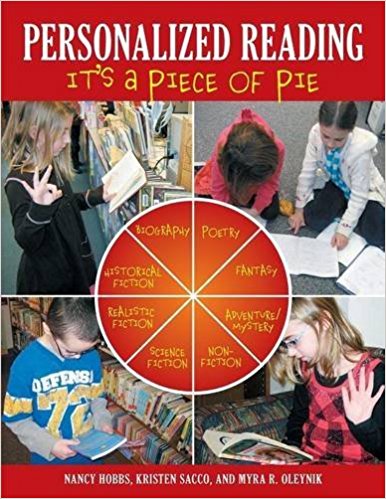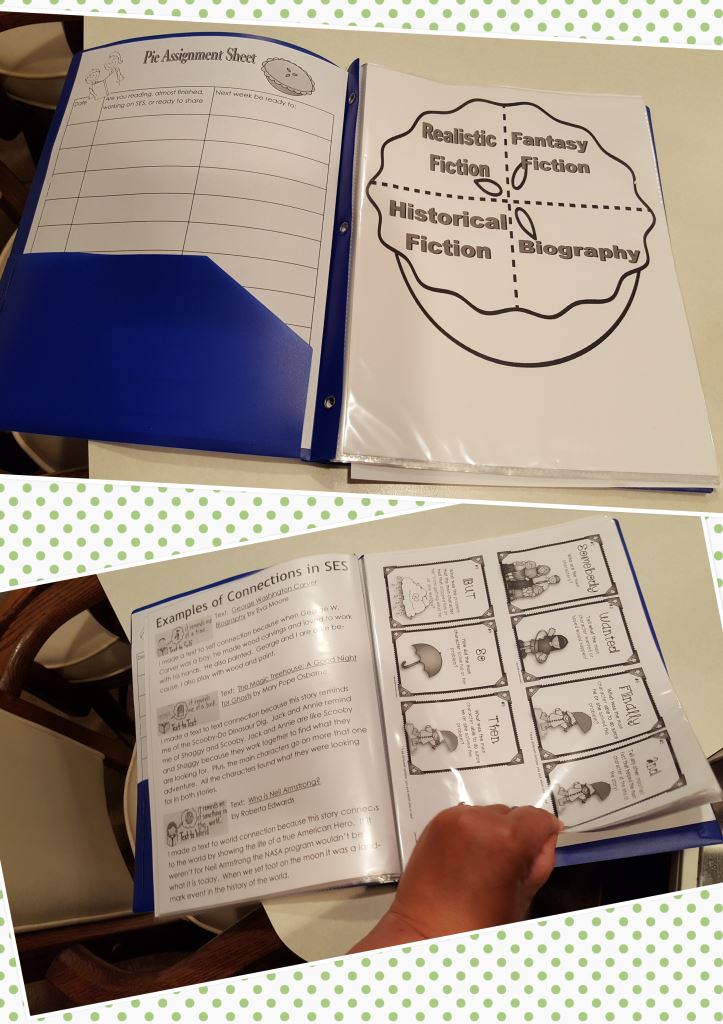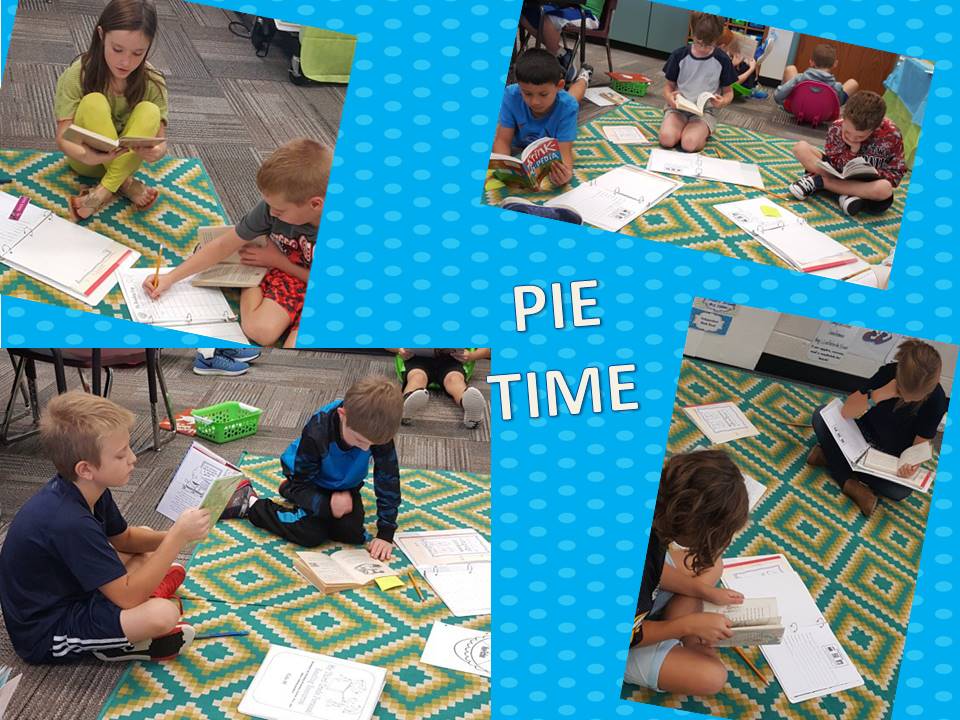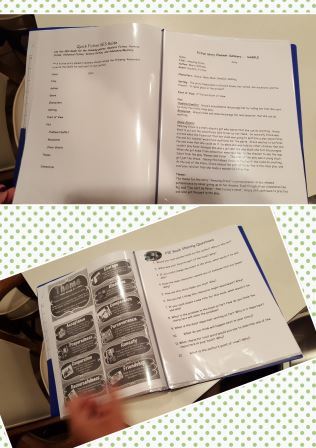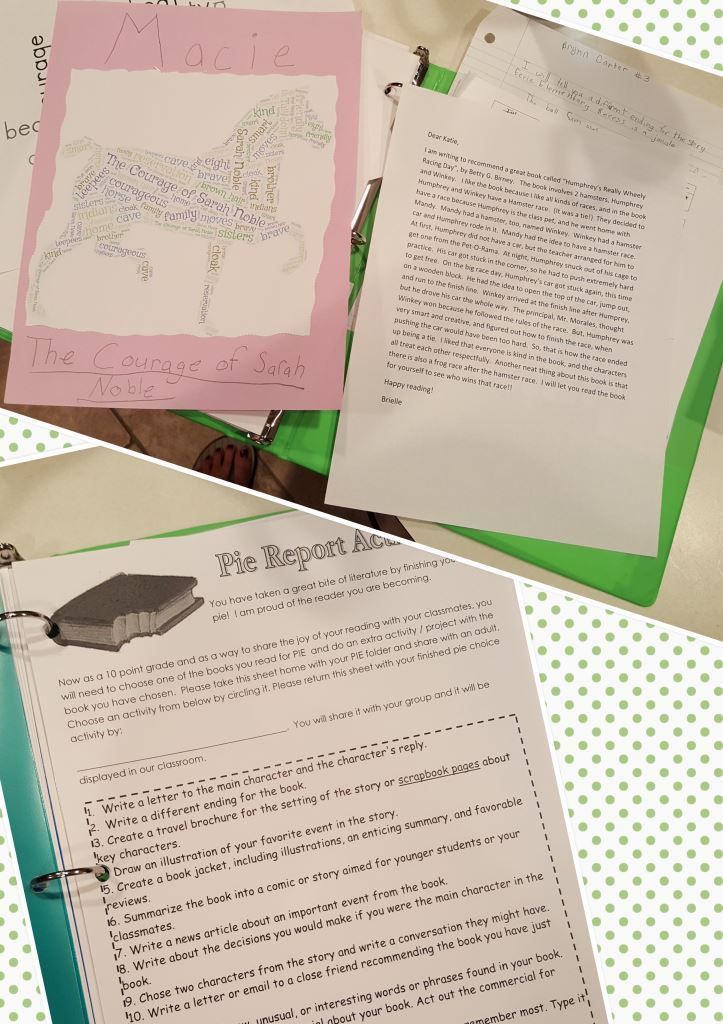My first summer post of hopefully many… I want the next few posts to be super resources for you… especially if you teach third grade. I plan to share with you some of the things I learned and used successfully this year and will continue to use in the new school year. For this post, I wanted to start with how important sharing the love of reading with your students is and one wonderful resource that I used this year with great success to create readers that love to read. I truly feel that as teachers (and parents too) that want good fluent readers, we have to help design students who love reading and after that the fluency and comprehension skills will follow naturally. I have just the teaching tool that helped me create many life long readers in my third grade class this year. I also loved the writing component of this program. By the end of the year my students could write a mean summary of a book they had just read. What is this wonderful resource I speak so highly of? It is a thin little book that you must get and read now. It is called Personalized Reading: It’s a Piece of PIE by Nancy Hobbs, Kristen Sacco, and Myra Oleynik
I was lucky enough to teach along side one of the best teachers of reading I have ever come across in my sixteen plus years in education (and one of the authors of this awesome tool). She taught me many things when she was my daughter’s teacher three years ago and then teaching along side her this year was one of the best things that could have happened to me as a teacher who loves to learn and grow. When you read the PIE book you will learn that PIE is a personalized, independent, enrichment program for readers of all abilities. Students get a “taste” of books of their choice from eight genres that are displayed on Pie charts. There is a printable in the book for various PIES. You can see from my picture a printable that I created that matches the first PIE in the book. The PIE book has similar prinatbles that you can copy and use.
The program is independent because your students move through PIE charts at their own pace. I love the program not only because my students enjoy it, but also because they always have something to do when they finished their work – work on their PIE assignments / reading. There are many ideas in the book for how to set-up your PIE groups and each teacher needs to find what works for them.
What works for me: In my classroom I have three PIE Groups (Apple, Pumpkin, and Cream). I split them into three groups with a good mix of high, medium, and low readers in each group. Since this is not instructional time, these groups are not leveled and students work at their own pace. I meet with each group once a week at a designated time. They bring their PIE folders to their meeting time. In the group each student shares with me and their group what they are reading and where they are in their reading. At this time I can make suggestions of books I feel students may enjoy reading . If a student has finished a book, they write a summary of the book and then share their summary with the group. Group members listen to summaries and ask questions of the reader after they have read their summaries. I love hearing the higher order thinking questions my students ask each other by the fourth quarter of the year. Many students learn about new books they would like to try after listening to a friend’s summary. Student record our meeting in their PIE folder. The PIE book has a tracker students can use when they meet with the group. I created a similar tracker based on the one found in the book. Besides my one meeting a week with each group, the students work totally independently on PIE at times I tell them to or after they have finished work in the classroom. I estimate I spend an hour a week total for meeting with PIE groups.
Below are pictures of my students working in their PIE Groups.
I mentioned that one of the nice things about the program is the summaries they write about the books they have finished reading. The PIE book includes detailed lists of what each summary should include based on the Genre that they are reading. I use these organizers from the book in my student’s PIE folders. My students write their summaries in their PIE journals as they look at these organizers to guide them.
After the student finishes one of their pies I have them complete an activity at home using one of the books they read during PIE time. Below are some examples of some created projects from my students last year. They present these to the class. Then, they move on to their next PIE. All the PIES can be found in the book.
The PIE book also has many great suggestions for stories based on Genres. The PIE book includes ideas about how you can use your school library as a huge resource for PIE time. If you are looking for something to help you create readers that love to read, grab this book and get yourself ready to incorporate this program into your classroom.
Click here to order your copy on Amazon! Reading really should be as enjoyable as eating pie, you just have to find the kind of pie you like!!!
*please note that many the printables you see above are printables I created after reading the book to help me successfully use PIE in my classroom.
Google+
